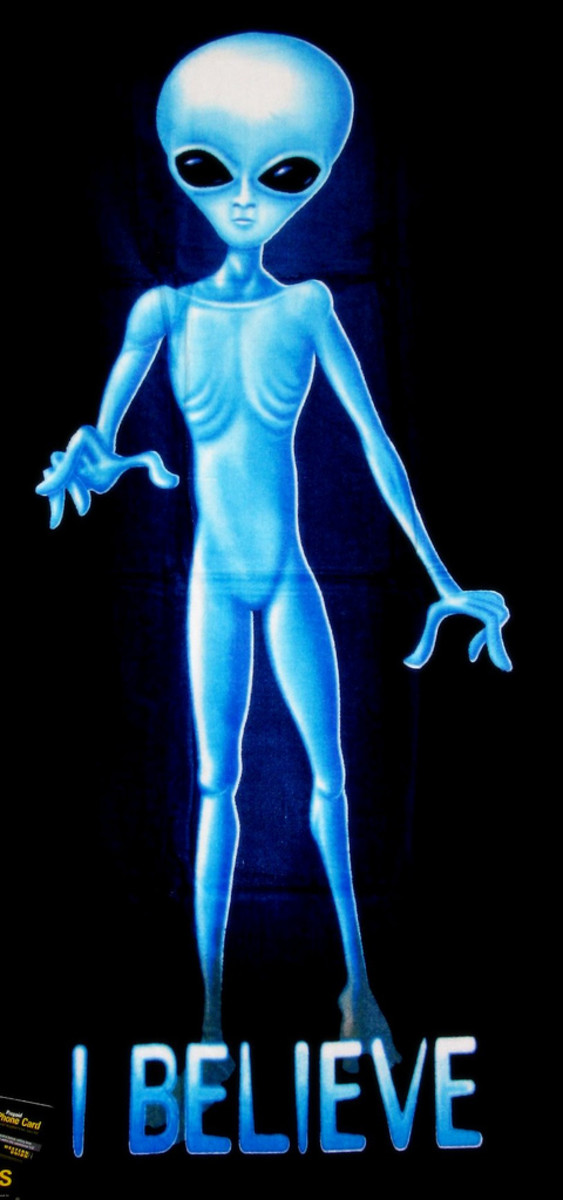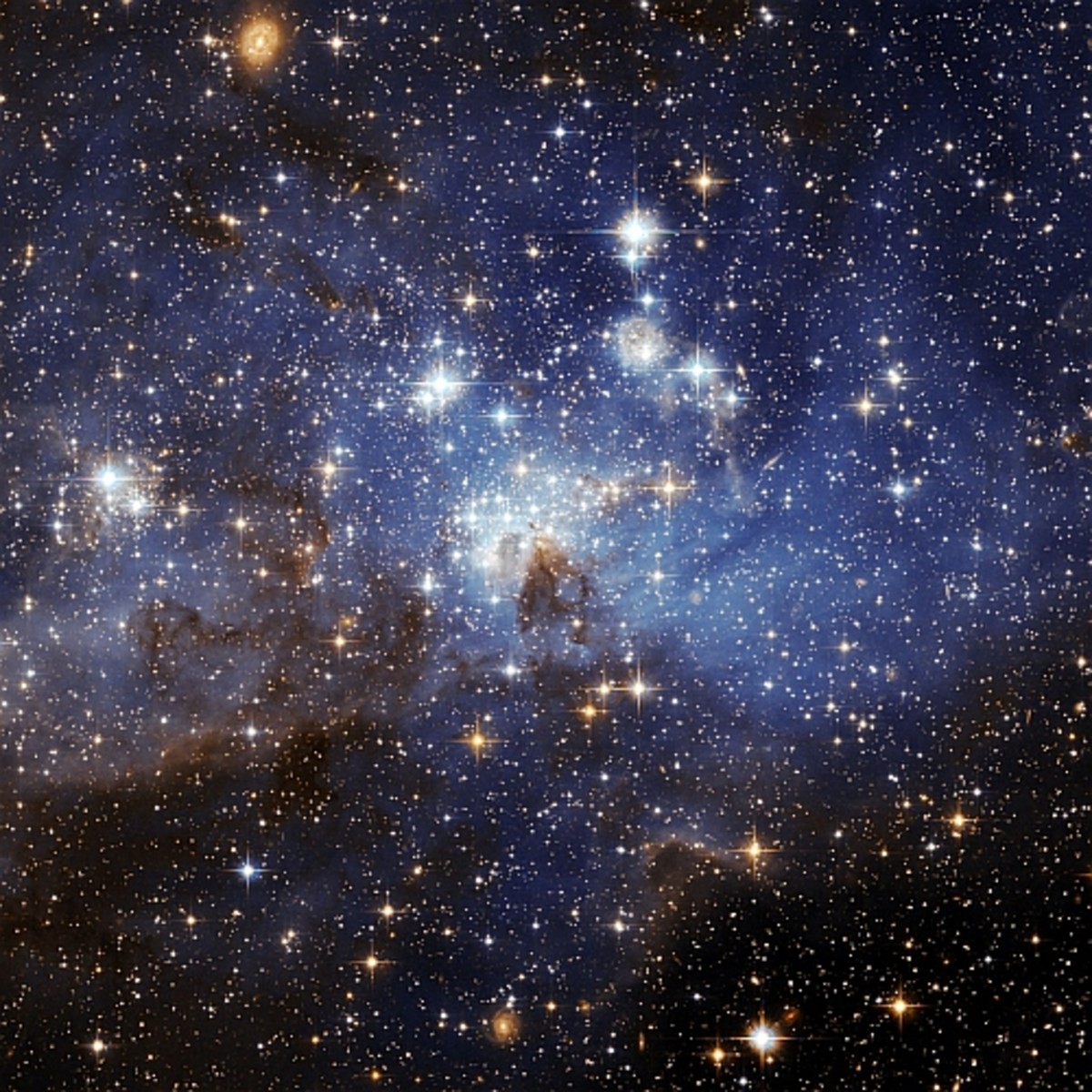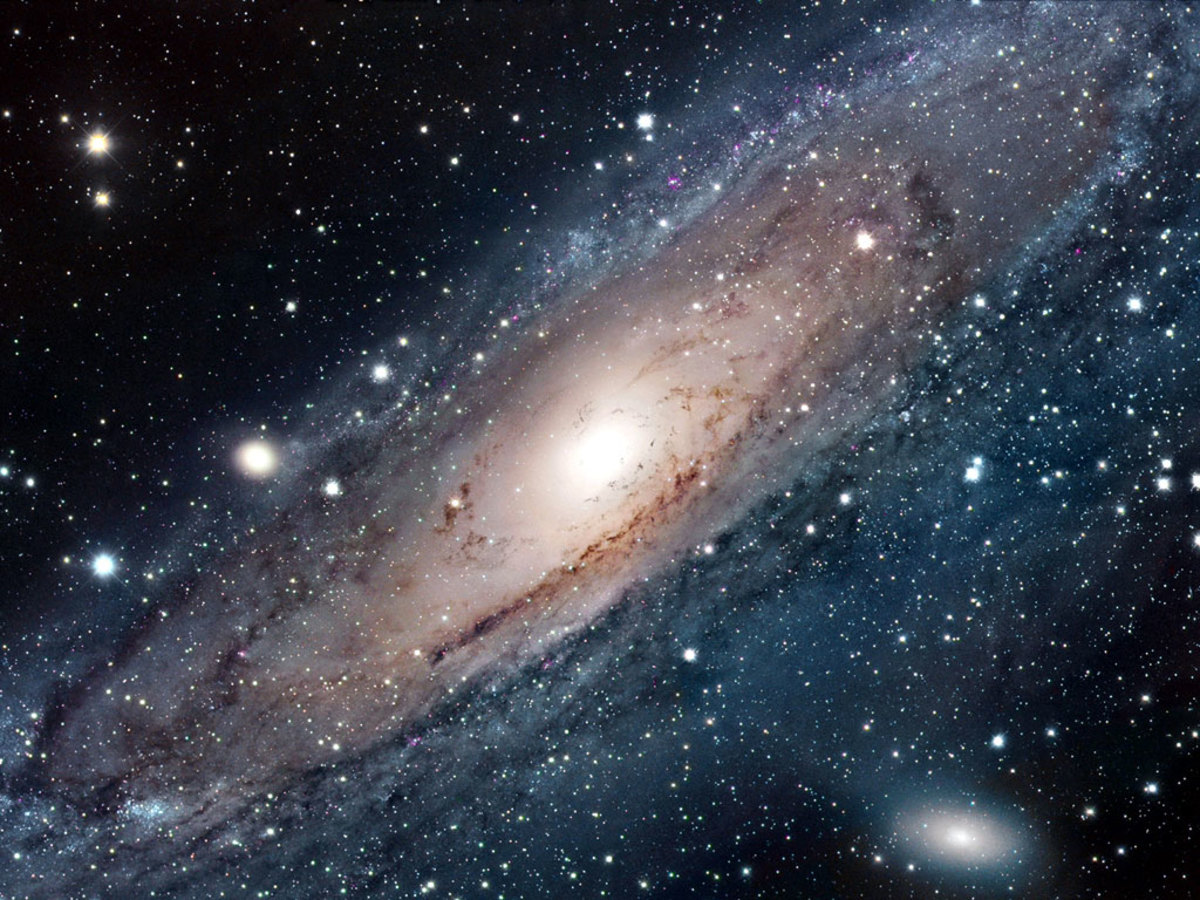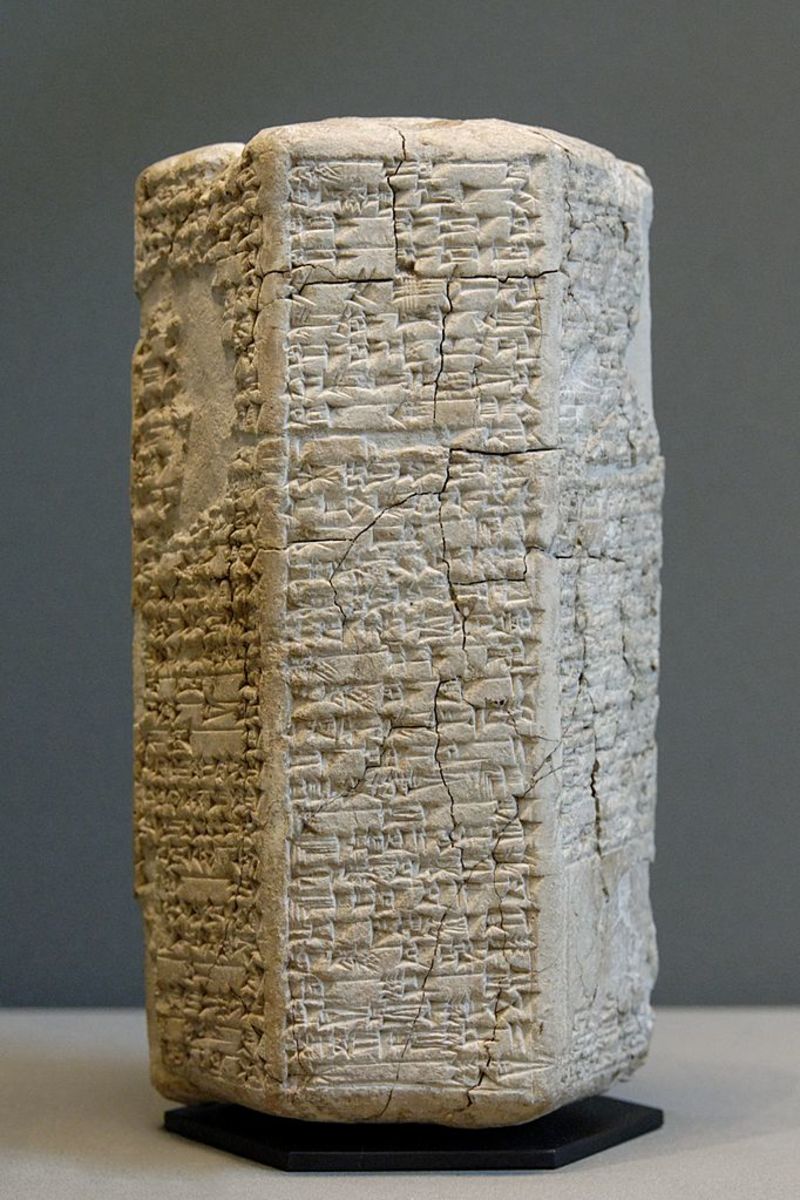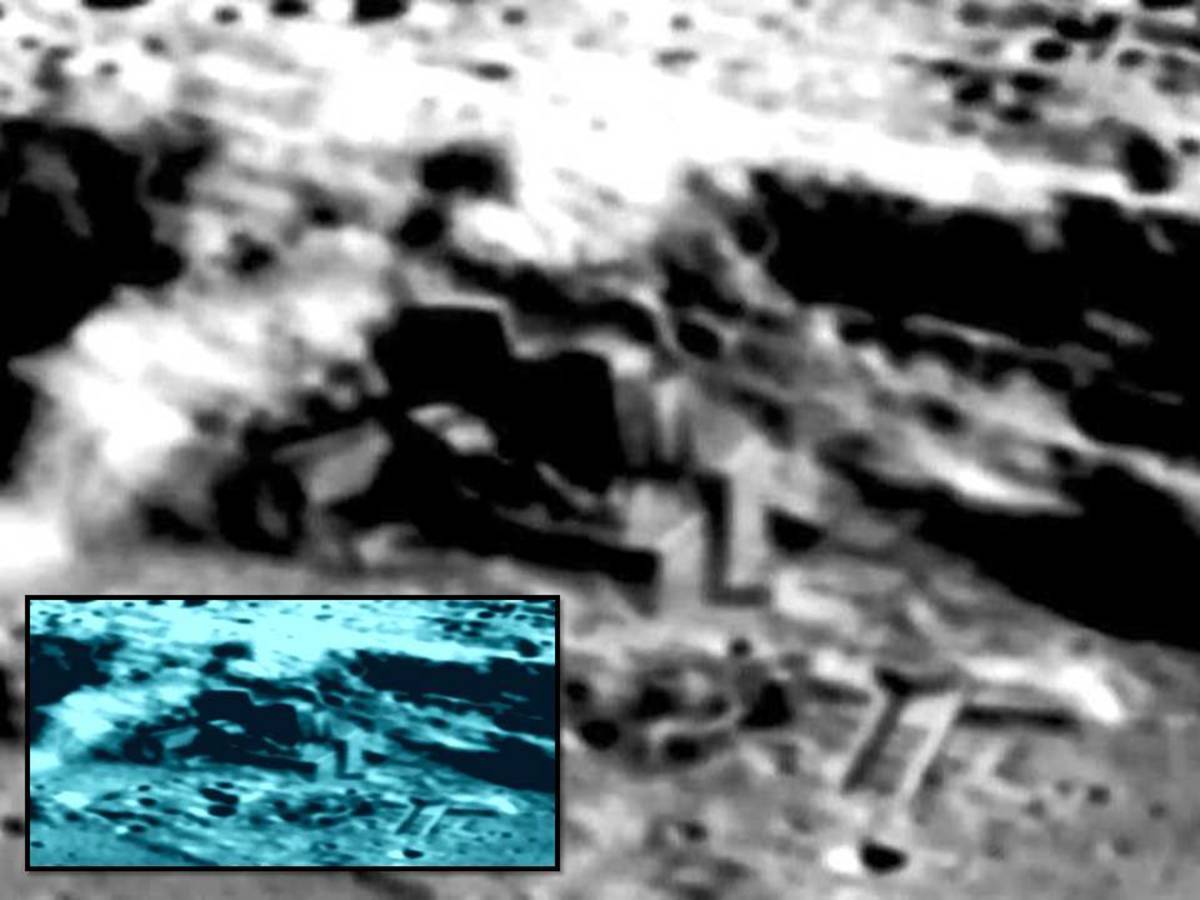Understanding the limits of space
The nearest stars to us beyond the Sun are those of the Alpha Centauri system, which are more than four light years away. If it were possible to drive through space at a steady 88km/h (55mph), the legal speed limit for cars in the USA, you could reach the Sun in 193 years. But at the same speed it would take 52 million years to reach Alpha Centauri.
Man's concept of the Universe was vastly inaccurate until the 20th century. The size of the Sun, for instance. was grotesquely underestimated. In the 6th century BC. the Greek philosopher Heraclitus esti- mated the diameter of the Sun at about one-third of a metre (Ift). In fact it is nearly 1.4 million km (870,000 miles) across. In about AD 150. the Greek astronomer Ptolemy calculated the distance from the Earth to the Sun at 8 million km (5 million miles).
The first reasonably close estimate of the distance was not made until 1672 by the Italian-born French astronomer Giovanni Domen- ico Cassini (1625 -1712). The distance is now known to be 149,597,000km (92,959,000 miles)-nearly 20 times greater than Ptolemy thought. The size of the Universe as a whole did not become clear until the 1920s.
Before then. astronomers had thought that the Milky Way encompassed the entire Universe. But in the early 1920s. an American astronomer. Edwin Hubble (1889-1953). confirmed for the first time the existence of galaxies beyond our own.
The Earth. like everything else in the Universe. is rushing headlong through space. Every point on the Equator is moving at about 1600km/h (1000mph) as the Earth spins on its own axis; nearer the Poles. the speed is less. On its annual journey round the Sun. the Earth as a whole moves at about 107,000km/h (67,000mph).
As our Galaxy-the Milky Way-spins around its own centre. completing one revolution every 230 million years, the whole solar system moves with it, travelling at about 792,000km/h (492,000mph). Finally, the most distant galaxies are rushing away from our own at speeds close to that of light-which means in turn that, from their point of view, the Milky Way is rushing in the opposite direction at nearly 300,000km (186,000 miles) per second.
Since 1974, a radio message to the stars has been racing outwards from Earth at the speed of light. It was broadcast from the Arecibo radio telescope in Puerto Rico, the world's largest single radio astronomy dish. The dish, which is 305m (1000ft) across, is set in a natural hollow between hills and scans the sky overhead as the Earth spins. It is so powerful that it could communicate with an identical twin of itself anywhere in the galaxy.
The message, transmitted on November 16, 1974, was beamed towards a cluster of 300,000 stars called M13 in the constellation of Hercules. It consisted of 1679 on-off pulses which can be arranged to form a picture that shows the biochemistry of life on Earth, a figure of a human and a map of the solar system. The number was chosen to avoid ambiguity; 1679 pulses can be formed into a rectangular pattern only as a grid of 23 pulses by 73.
The message was the strongest radio transmission ever to leave the Earth. But even ifthere are any aliens at home in M13 to answer the interstellar call, the cluster is so far away that no reply will arrive until about the year AD 50,000.
Black holes - the collapsed remnants of giant stars - are so dense that not even light can escape their awesome gravitational pull. If a telephone directory weighing no more than 1kg (2.2Ib) were brought to within 6m (20ft) of a black hole, it would weigh a million million tonnes.

